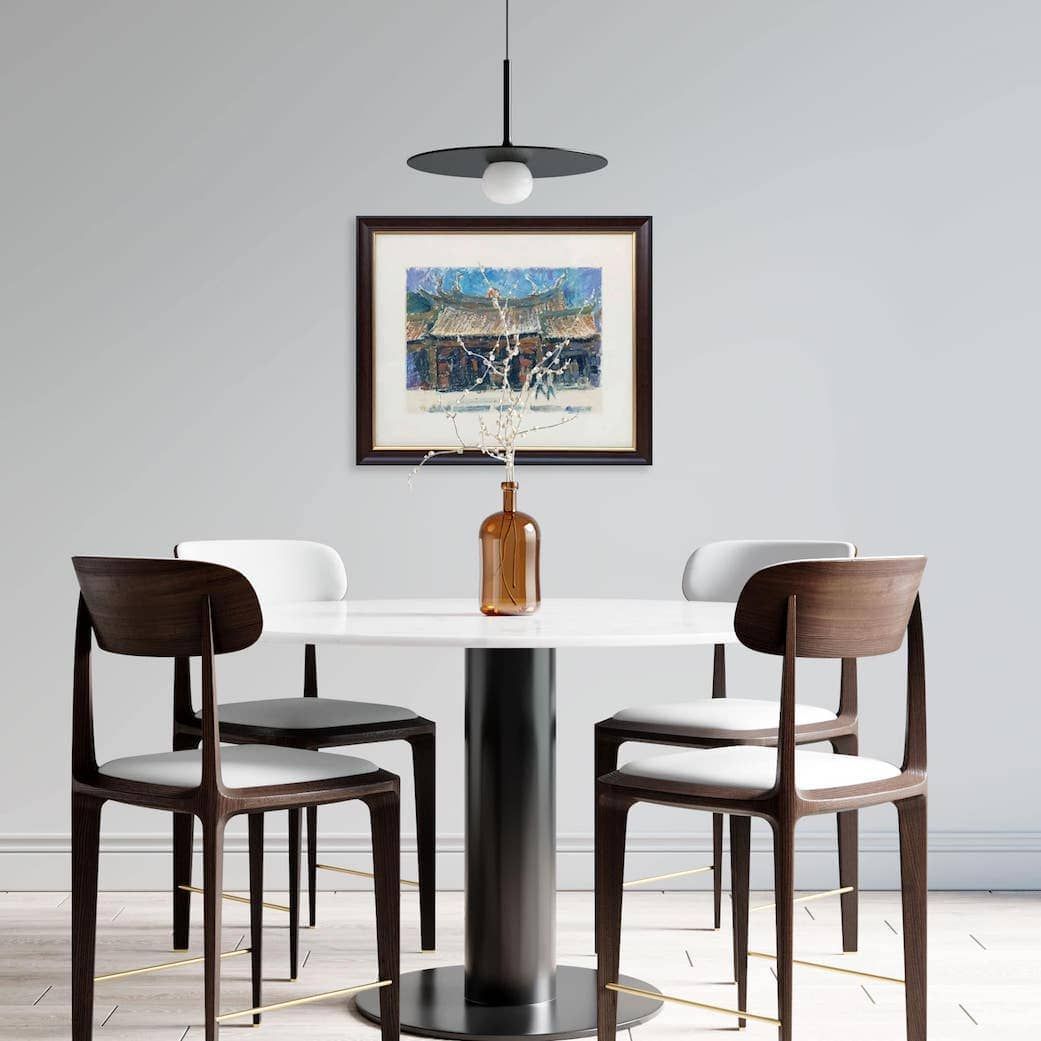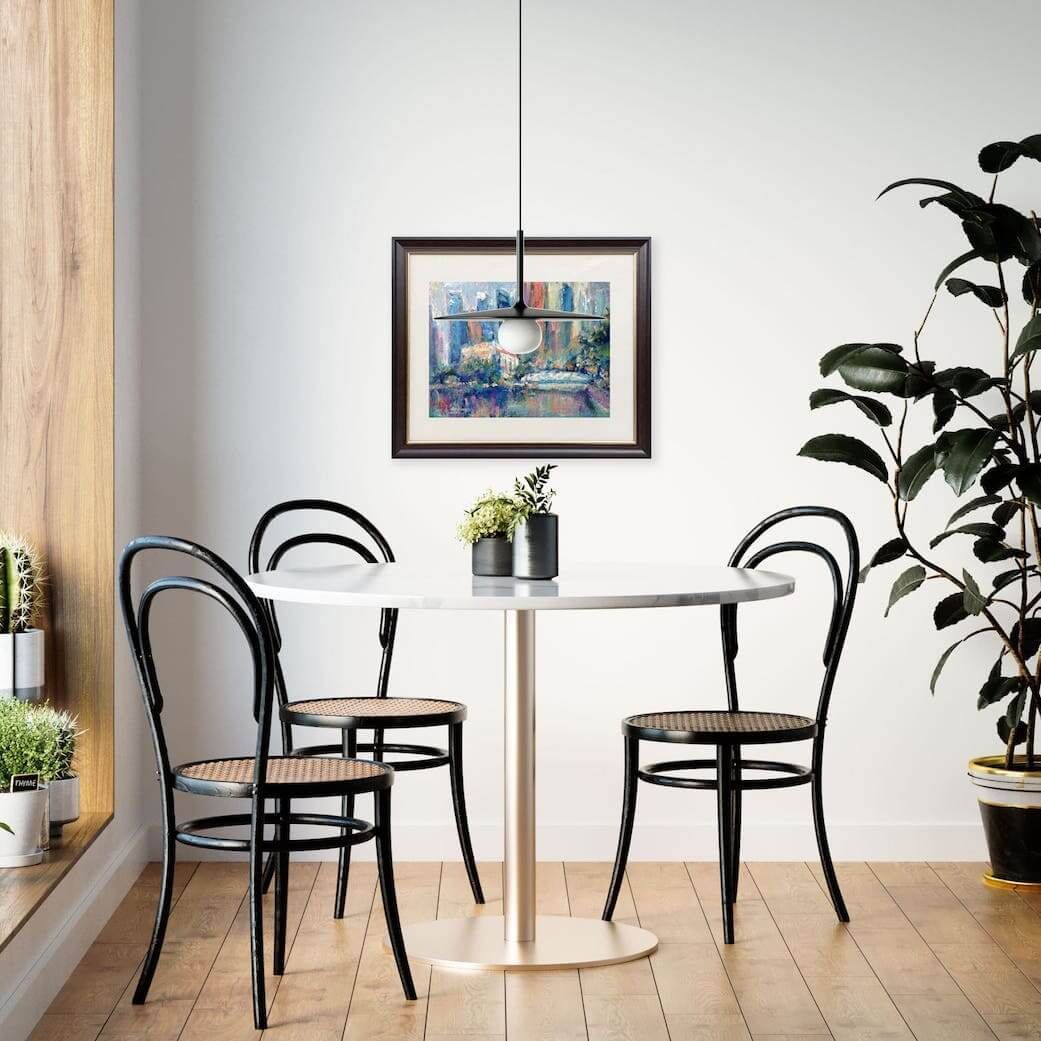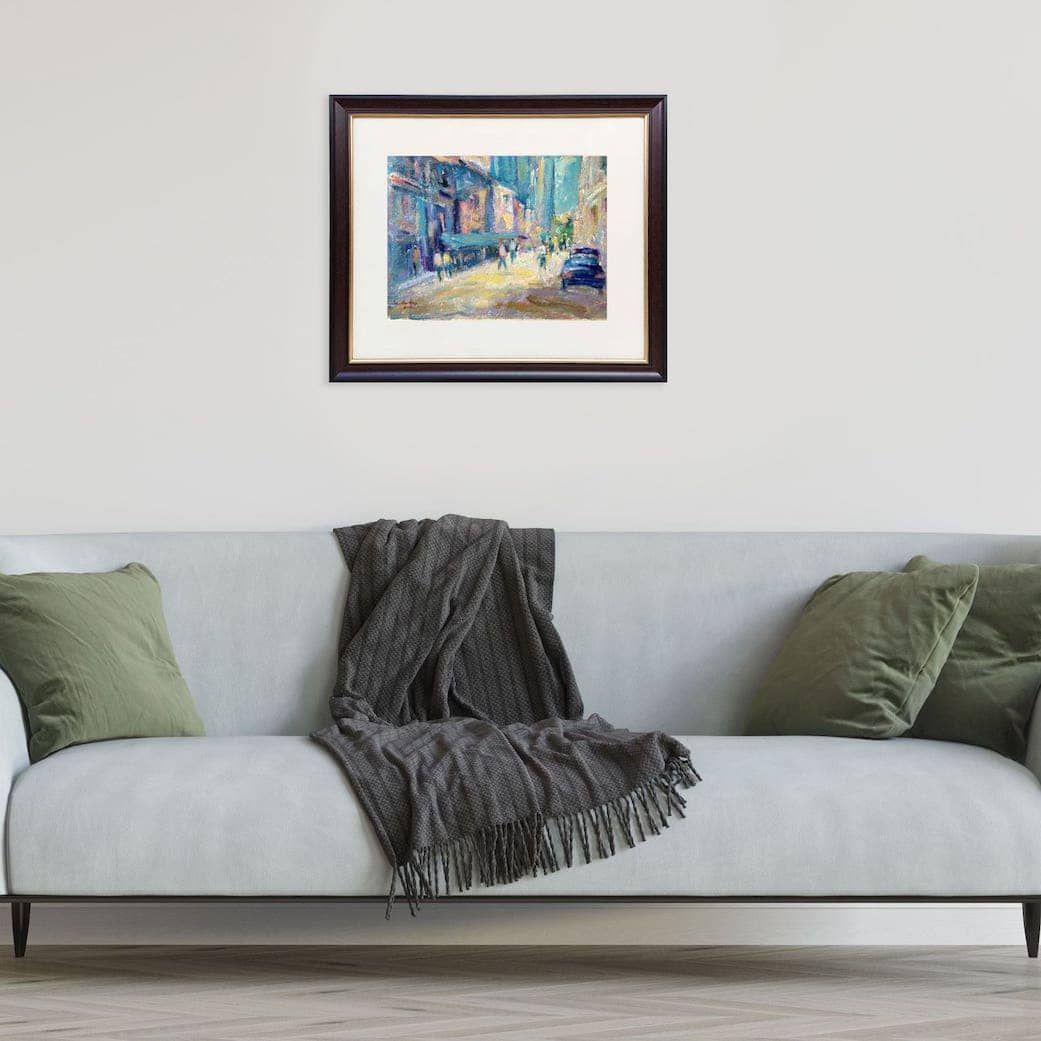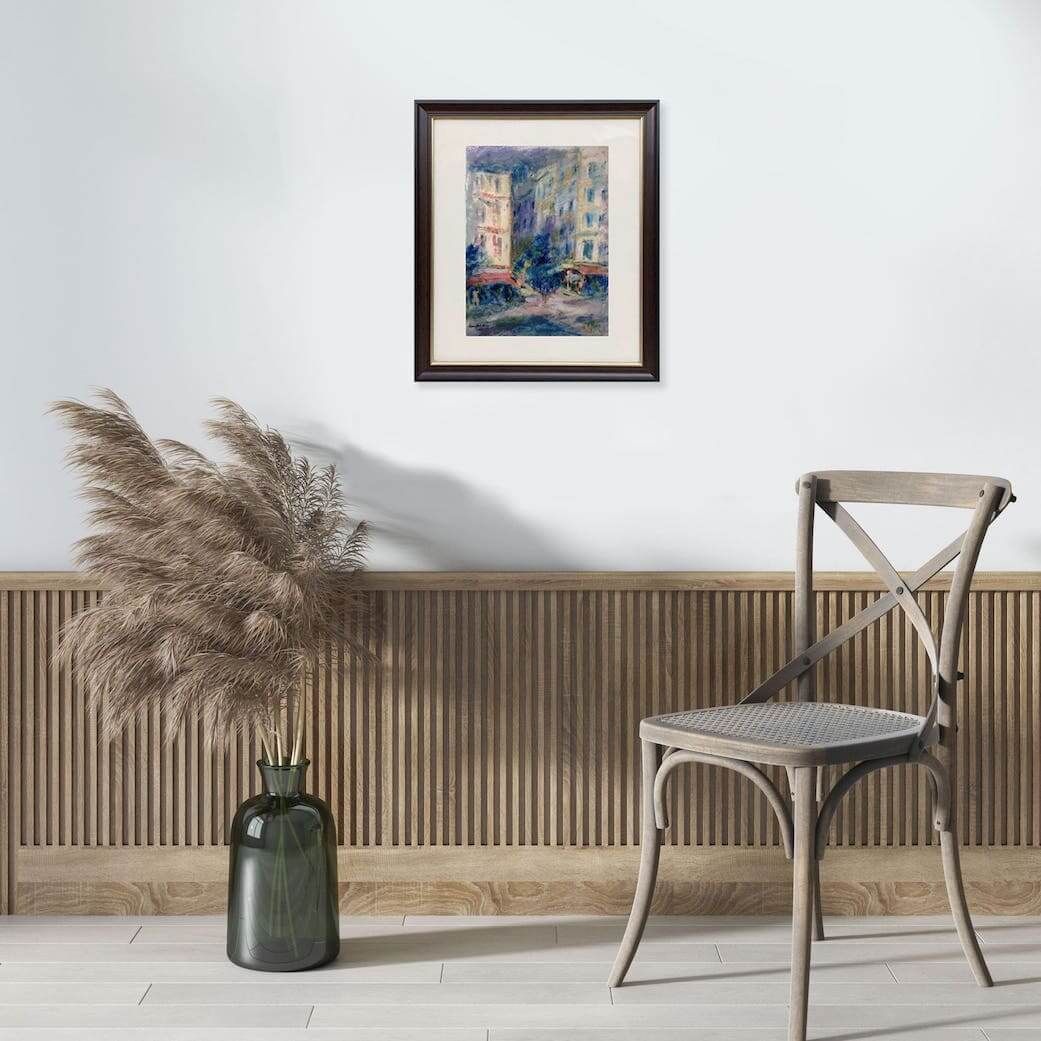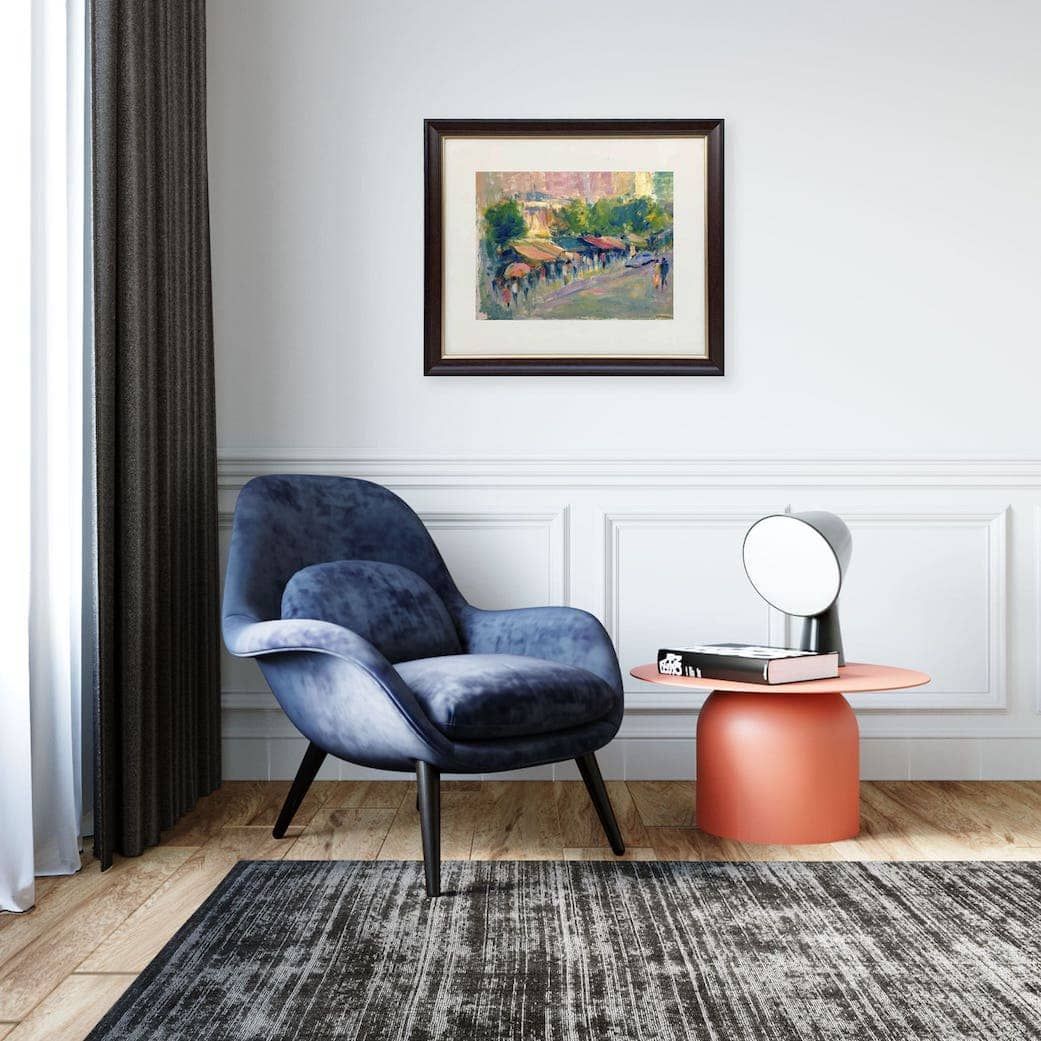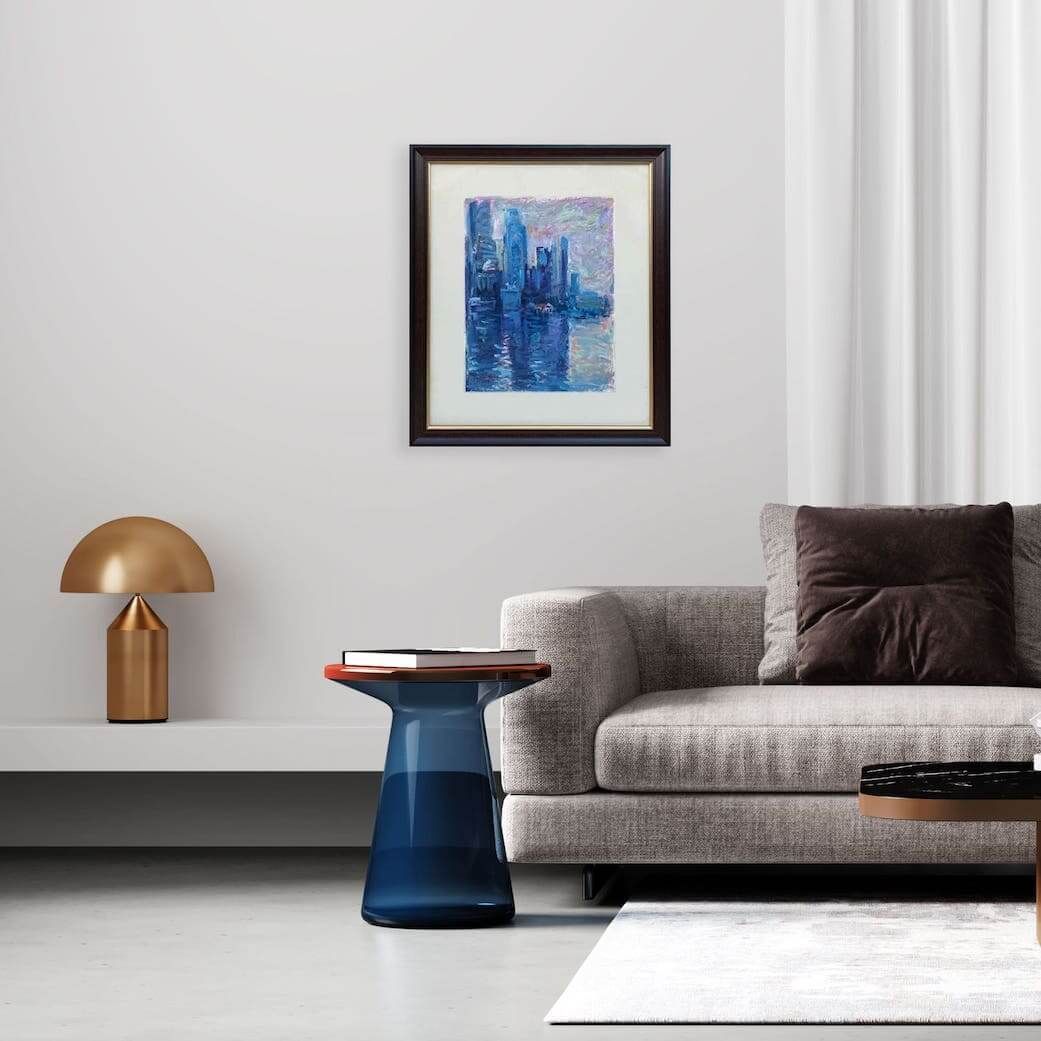How to Appreciate Art: A Friendly Guide to Understanding and Enjoying Artistic Expression Beyond the Surface
How to Appreciate Art: A Friendly Guide to Understanding and Enjoying Artistic Expression Beyond the Surface
Ever stood in front of a painting and thought, “I do not get it”? You are not alone—and here is the good news: you do not have to be an art historian to appreciate art.
Like tasting wine or listening to music, appreciating art is not about being an expert; it is about slowing down, opening yourself up to new experiences and different perspectives, letting the experience speak to you, and finding your own connection.
In this guide, we will walk you through how to appreciate art more thoughtfully by exploring various mediums, styles, and subject matters.
Whether you are an art novice or a seasoned enthusiast, knowing how to appreciate art can enhance your experience and deepen your understanding.
Consider this your friendly entry point to make appreciating art more accessible and less intimidating.
So, grab a cup of your favourite beverage, and let us dive into the colourful world of art together!
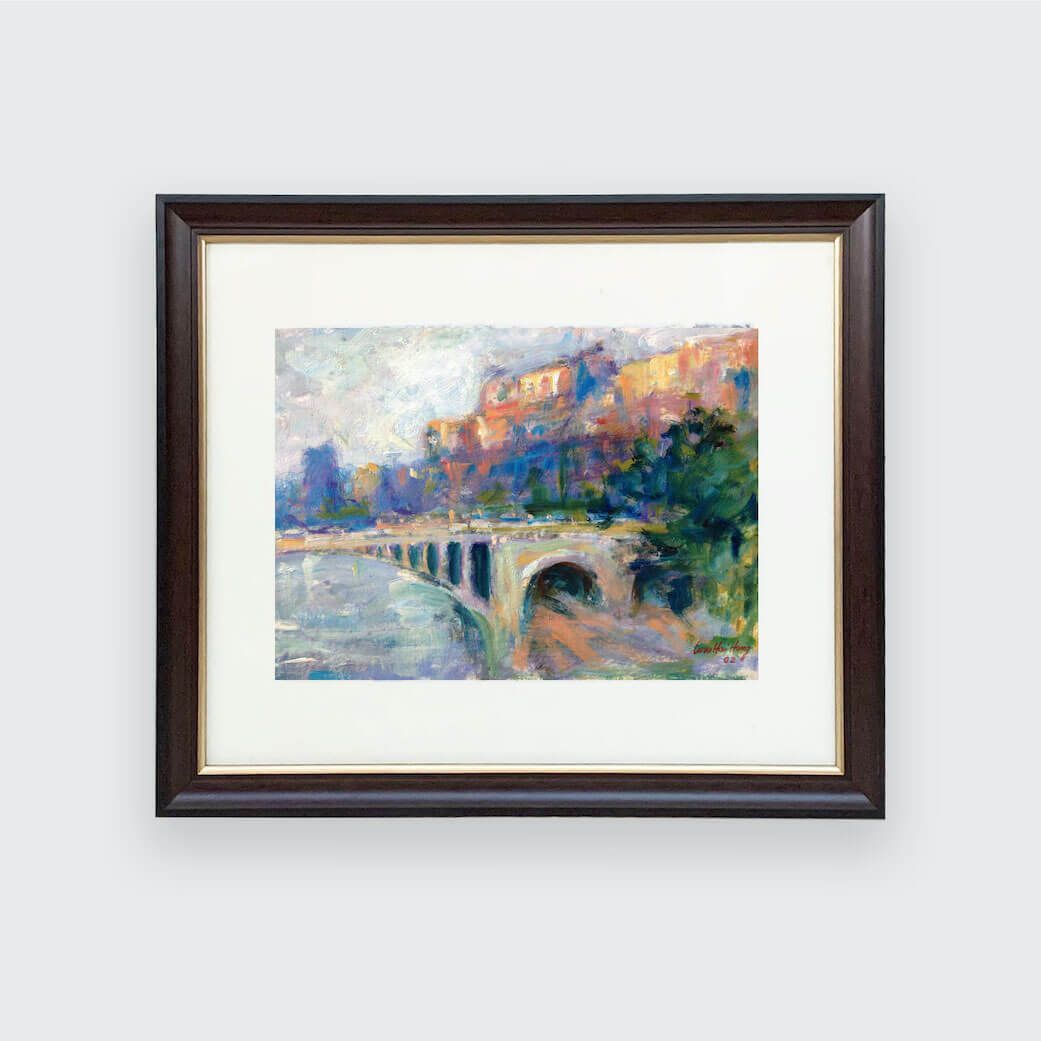
What It Means to Appreciate Art
Before we delve into the specifics, let us clarify what it means to appreciate art.
Appreciating art goes beyond simply liking a piece; it involves understanding its context, the emotions it conveys, and the techniques used to create it.
It is about engaging with the piece on a deeper level, allowing yourself to be moved and inspired by the artist's vision.
How to Appreciate Art: Your Personal Journey Begins
The first, most important rule of how to appreciate art. There are no wrong answers!
Art is incredibly personal. What moves one person might leave another cold, and that is perfectly okay.
Before diving into specifics, let us talk about some general ways to approach art. Here is a simple framework to get you started on your art appreciation adventure:
Step 1: Take Your Time, Slow Down & Look
In our fast-paced world, we often rush past things.
When you encounter a piece of art, take a moment. Stand in front of a piece for more than a few seconds. Really look at it.
Let your eyes move across the artwork. Observe shapes, colours, brushstrokes, and composition.
What do you see? What colours are used? What shapes? What is the overall composition? Let it sink in.
Step 2: Engage Your Senses (Beyond Sight) & Ask Yourself Questions
While you are looking, what feelings does the artwork evoke? Does it make you feel calm, excited, curious, or even a little uncomfortable?
You do not need “correct” answers—just personal responses. These are all valid reactions!
Do not be afraid to wonder!
Who made this? When was it made? Why did they make it? What story is it trying to convey? What is the mood or tone? Is there any symbolism or emotion?
You do not need immediate answers; the questions themselves are part of the process.
Step 3: Learn a Bit About the Context
Knowing a little about the artist, the time period, the culture the art comes from, or why the piece was created can often change how you see it and unlock deeper meaning.
A painting made during wartime, for example, carries a different emotional weight than one made during a peaceful spring.
But remember, you do not need this information to appreciate something beautiful or impactful. Your initial reaction is always valid.
Step 4: Accept That It is Okay Not to "Get It" Immediately
Some artworks reveal themselves slowly. Do not stress—your personal experience is valid.
Step 5: Trust Your Gut
Ultimately, art appreciation is about your personal connection. If you love it, you love it! If it makes you think, that is a win!
Do not let anyone tell you what you "should" like.
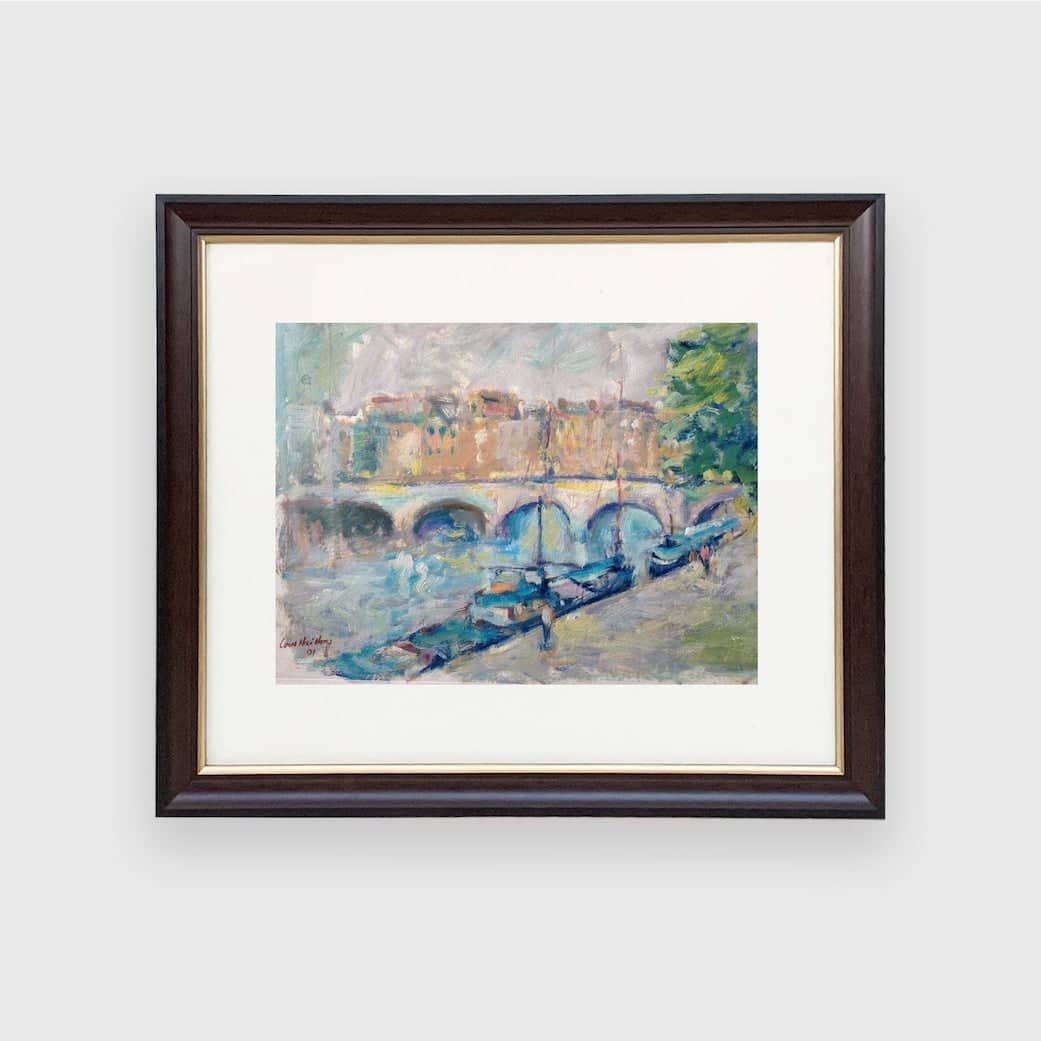
Decoding the Canvas: Appreciating Art Based on Different Mediums
Styling Up Your Gaze: Appreciating Art Based on Different Painting Styles
What Is the Story? Appreciating Art Based on Different Subject Matters
Final Thoughts: Trust Your Eyes and Your Gut
Appreciating art is a personal journey that can be both enlightening and rewarding.
You do not need an art degree to appreciate art—you just need curiosity, time, and openness.
Remember, there are no right or wrong ways to appreciate art. Allow yourself to explore, learn, feel, and reflect on each piece you encounter.
Whether you are looking at a centuries-old fresco or a modern abstract piece, the most important part is to engage with the artwork and the way it makes you feel.
So, next time you encounter a painting when you are visiting a gallery, attending an art show, or simply browsing online, try using a few of the approaches we have covered here.
Take a moment, let your eyes wander, ask yourself what you see and feel, and most importantly, enjoy the ride.
Every piece of art has something to offer, and every viewing is a chance to deepen your connection with the incredible world around us.
With practice, you will start to notice more, feel more, and maybe even fall in love with art in a whole new way.
Embrace the emotions it stirs within you and enjoy the journey of discovery that art offers!




